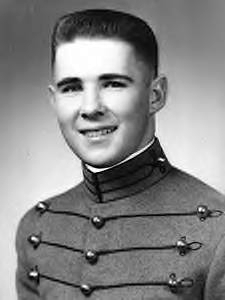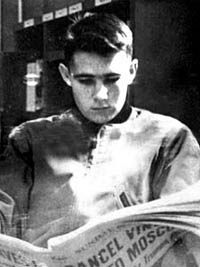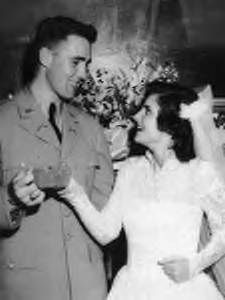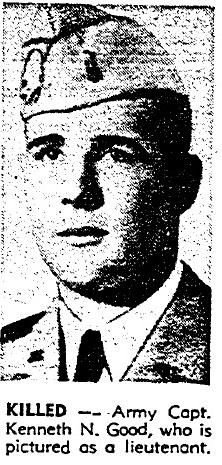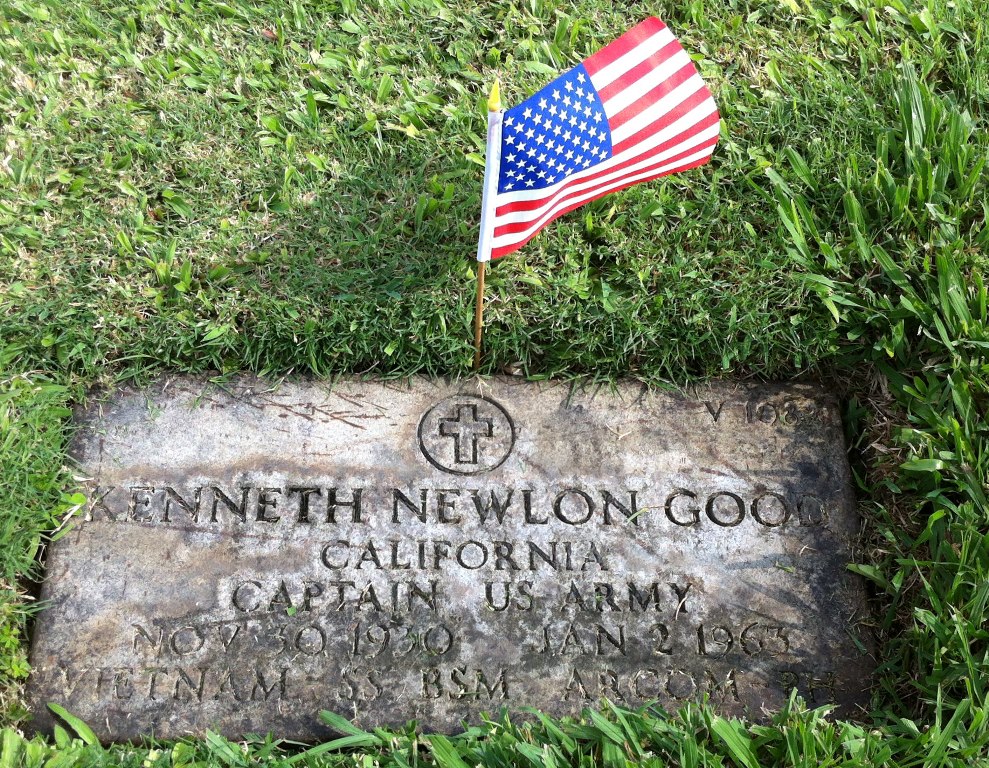THE BATTLE OF AP BAC
"The battle of Ap Bac, sixty-five kilometers southwest of Saigon in the Mekong Delta in January 1963, illustrates the early problems faced by the developing armored forces of the ARVN . The month before, Vietnamese Army intelligence had reported a reinforced Viet Cong company in Ap Tan Thoi, 1,500 meters northwest of Ap Bac. (Map) The Vietnamese 7th Division planned an operation to trap the Viet Cong by landing the 11th Infantry Regiment to the north by helicopter while a provisional regiment of two battalion-size task forces of Civil Guards (later named Regional Forces) moved in from the south. The 4th Mechanized Rifle Squadron, 2d Armored Cavalry, commanded by Captain Ba, was attached to the provisional regiment and was to attack from the southwest. Three Vietnamese Ranger and infantry companies were in reserve, with artillery and air support on call. "In contrast to the intelligence estimate, the enemy force actually consisted of three main force companies, reinforced with machine guns, 60-mm. mortars, and several local guerrilla units. The Viet Cong after action report subsequently captured revealed that the enemy knew a battle was imminent and had carefully prepared defensive positions along the Cong Luong Canal from Ap Tan Thoi to Ap Bac. The canal, bordered with vegetation, offered concealment and unobstructed fields of fire across the open rice paddies.
"On the morning of 2 January 1963 the Civil Guard task forces started north, while in three uneventful trips helicopters lifted the Vietnamese 11th Infantry Regiment into position. About 0730 Task Force A encountered the southern flank of the Viet Cong positions along the Cong Luong Canal. During the first moments of battle, the task force commander was wounded and a company commander killed. Major Lam Quang Tho, commander of the 2d Armored Cavalry Regiment and also province chief, refused to allow the provincial forces to advance, and changed their mission to one of occupying blocking positions. Colonel Bui Dinh Dam, 7th Division commander, decided to commit a reserve force to the west side of the canal that runs through Ap Bac. At 1020 as the helicopters came in for their fourth lift, the Viet Cong antiaircraft crews hidden along the canal opened fire. Of the 15 helicopters bringing in the reserve, 14 were hit, and by noon 5 had been shot down." From "Armored Combat in Vietnam", General D. A. Starry, Blandford Books Ltd.
THE BATTLE OF AP BAC
"The battle of Ap Bac, sixty-five kilometers southwest of Saigon in the Mekong Delta in January 1963, illustrates the early problems faced by the developing armored forces of the ARVN . The month before, Vietnamese Army intelligence had reported a reinforced Viet Cong company in Ap Tan Thoi, 1,500 meters northwest of Ap Bac. (Map) The Vietnamese 7th Division planned an operation to trap the Viet Cong by landing the 11th Infantry Regiment to the north by helicopter while a provisional regiment of two battalion-size task forces of Civil Guards (later named Regional Forces) moved in from the south. The 4th Mechanized Rifle Squadron, 2d Armored Cavalry, commanded by Captain Ba, was attached to the provisional regiment and was to attack from the southwest. Three Vietnamese Ranger and infantry companies were in reserve, with artillery and air support on call. "In contrast to the intelligence estimate, the enemy force actually consisted of three main force companies, reinforced with machine guns, 60-mm. mortars, and several local guerrilla units. The Viet Cong after action report subsequently captured revealed that the enemy knew a battle was imminent and had carefully prepared defensive positions along the Cong Luong Canal from Ap Tan Thoi to Ap Bac. The canal, bordered with vegetation, offered concealment and unobstructed fields of fire across the open rice paddies.
"On the morning of 2 January 1963 the Civil Guard task forces started north, while in three uneventful trips helicopters lifted the Vietnamese 11th Infantry Regiment into position. About 0730 Task Force A encountered the southern flank of the Viet Cong positions along the Cong Luong Canal. During the first moments of battle, the task force commander was wounded and a company commander killed. Major Lam Quang Tho, commander of the 2d Armored Cavalry Regiment and also province chief, refused to allow the provincial forces to advance, and changed their mission to one of occupying blocking positions. Colonel Bui Dinh Dam, 7th Division commander, decided to commit a reserve force to the west side of the canal that runs through Ap Bac. At 1020 as the helicopters came in for their fourth lift, the Viet Cong antiaircraft crews hidden along the canal opened fire. Of the 15 helicopters bringing in the reserve, 14 were hit, and by noon 5 had been shot down." From "Armored Combat in Vietnam", General D. A. Starry, Blandford Books Ltd.




